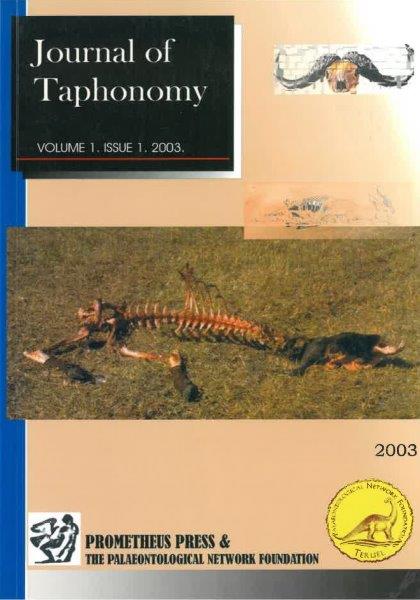Quantitative Fidelity of Brachiopod-Mollusk Assemblages from Modern Subtidal Environments of San Juan Islands, USA.
Michal Kowalewski, Monica Carroll, Lorraine Casazza, Neal S. Gupta, Bjarte Hannisdal, Austin Hendy, Richard A. Krause Jr., Michael LaBarbera, Dario G. Lazo, Carlo Messina, Stephaney Puchalski, Thomas A. Rothfus, Jenny Sälgeback, Jennifer Stempien, Rebecca C. Terry, Adam Tomašových.
Keywords: TAPHONOMY, FIDELITY, BRACHIOPODS, MOLLUSKS, SAN JUAN ISLANDS, RECENT
Whereas a majority of previous fidelity studies have dealt exclusively with mollusks, this study evaluates the compositional fidelity of mixed brachiopod-mollusk benthic assemblages sampled from the San Juan Islands area (Washington State, USA). A total of ca. 2500 live specimens and over 7500 shells and shell fragments were recovered from nine samples dredged along a subtidal transect. The shell material was dominated by fragments; less than 500 dead specimens were represented by complete valves or shells. The compositional fidelity was high: over 60% of live species and over 70% of live genera were also found in the death assemblage and over 60% of dead species and genera were represented in the life assemblage. These high numbers were consistent for all analyzed size fractions (2.3, 4, and 12mm). The life and death assemblages displayed a significant Spearman rank correlation (r = 0.41, p = 0.0001) suggesting that, despite the biasing action of taphonomic processes and time-averaging, the relative abundance of species in the original communities is at least partly preserved in the resulting death assemblages. The results also indicate that a restrictive analytical approach, with fragments excluded from the datasets, appears to provide more credible estimates of diversity and fidelity than an exhaustive approach, which included all fragments. Differences between the two analytical strategies most likely reflect the presence of several genera (e.g., Chlamys), which were readily identifiable from fragments (the five most abundant species in the exhaustive death assemblage were all identifiable from even small and heavily altered fragments). The “Chlamys effect” illustrates a general principle, because species often vary in their morphological distinctness, the inclusion of fragments is likely to notably distort the taxonomic composition of the studied death (or fossil) assemblages and may depress estimates of diversity and evenness. This study suggests that mixed brachiopod-mollusk associations are reasonably well preserved in the death assemblage in terms of taxonomic composition and rank abundance of dominant taxa. Moreover, despite considerable microstructural and compositional differences between brachiopod and mollusk shells, the class-level fidelity is excellent when fragments are excluded from the analysis. The results are highly congruent with patterns observed previously in fidelity studies focused exclusively on mollusks.


